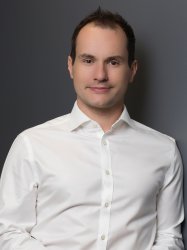BibTex format
@article{Al-Memar:2017:10.1002/ajum.12052,
author = {Al-Memar, M and Saso, S and Bobdiwala, S and Ameye, L and Guha, S and Joash, K and Stalder, C and Sur, S and Moorthy, K and Timmerman, D and Bourne, T},
doi = {10.1002/ajum.12052},
journal = {Australas J Ultrasound Med},
pages = {97--105},
title = {Validation of a virtual reality simulator for the use of transvaginal ultrasonography in gynaecology and early pregnancy.},
url = {http://dx.doi.org/10.1002/ajum.12052},
volume = {20},
year = {2017}
}

